![[feature]](https://blogger.googleusercontent.com/img/b/R29vZ2xl/AVvXsEhpFGzhWHDFPn0XbWBujNN0DfiwQAsM-zjbo8NKEdFr1nsX-zh2XafpBfKB3wQML3tjrfcHjv7oV2z-vhw-1m8GdEs81TAGj4mDo0bGIBOY7RuvardV9DI4ZLT305gGLDO7eXKB8M4KMsk/s1600-rw/03_hard_luggage-dos-and-don-ts-according-to-air-baggage-handlers_633393899-mrproduction-760x506.jpg)
After you check your bag, it has a long journey from the conveyer belt to the plane. Here's how to keep it safe along the way.
DO choose a bag with wheels
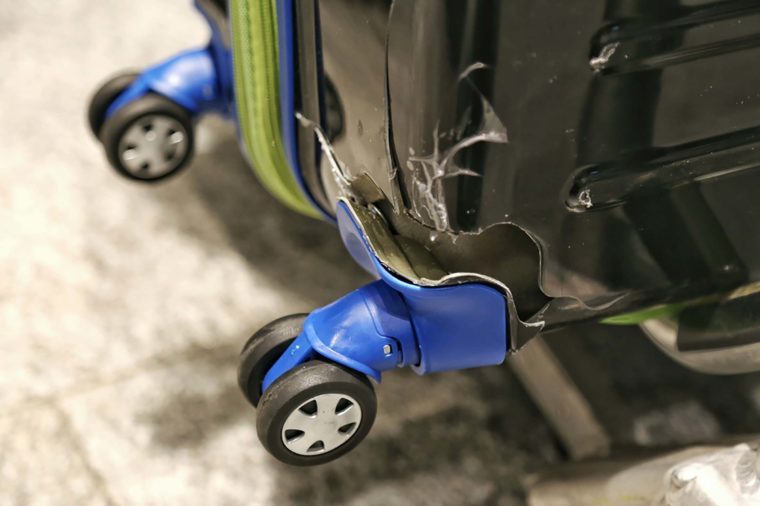 |
It's
easier for you, it's easier for the baggage handlers, and it's safer
for your stuff. "If a bag has four wheels, we can push it down the
length of the plane when we load it," a former ramp agent and baggage
handler told Reader's Digest. "If it doesn’t roll, it most
likely gets thrown." That's not because agents want to harm your bag,
either—it's simply the most efficient way to load the bags and get your
flight out on time. These are the 13 things airlines won't tell you.
DON’T choose a bag with flimsy attachments
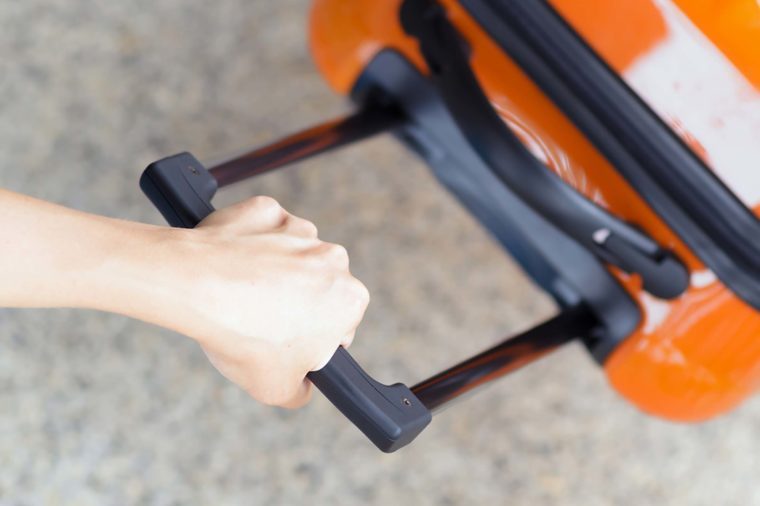 |
Handles
and wheels are the parts of your bag that are most likely to break,
especially if you tend to pack heavy. "Every so often I'll lift a bag
off the belt and the handle will snap, or a wheel will break as it
glances off the edge of the container door," writes baggage handler
Aaron Williams on the Globe and Mail.
"I figure this happens once every 300 bags, and I think those are
pretty good odds. Most of those bags have weighed well over 50 pounds."
The baggage handler who spoke to Reader's Digest also suggests
tucking in any straps, as those tend to get stuck in the conveyer belts
your bag travels on throughout the airport.
[post_ads_2]DO choose a hard-sided suitcase
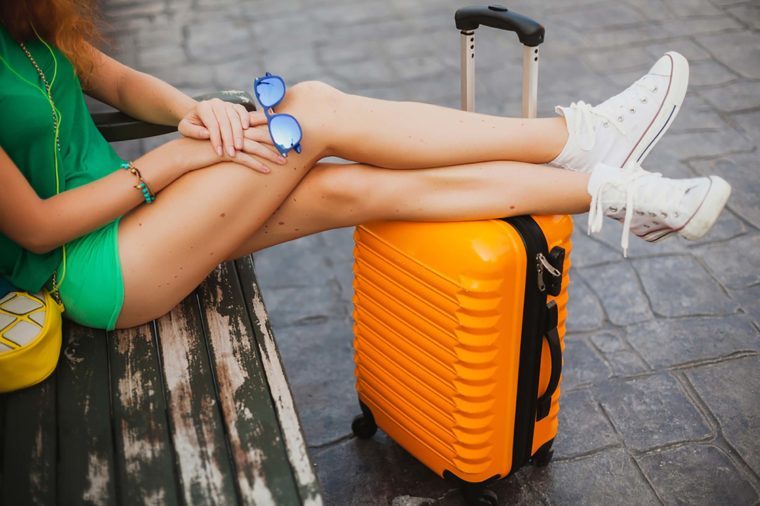 |
One
of the first packing tips almost any air baggage handler will give you?
Use a hard-sided bag. "I still check in suitcases," one handler told Skyscanner. "I have a good solid suitcase with wheels. Such a suitcase normally doesn’t cause any problems loading it on a plane." Here's how to pack a suitcase in 30 minutes or less.
DON’T expect a 'fragile' tag to do much
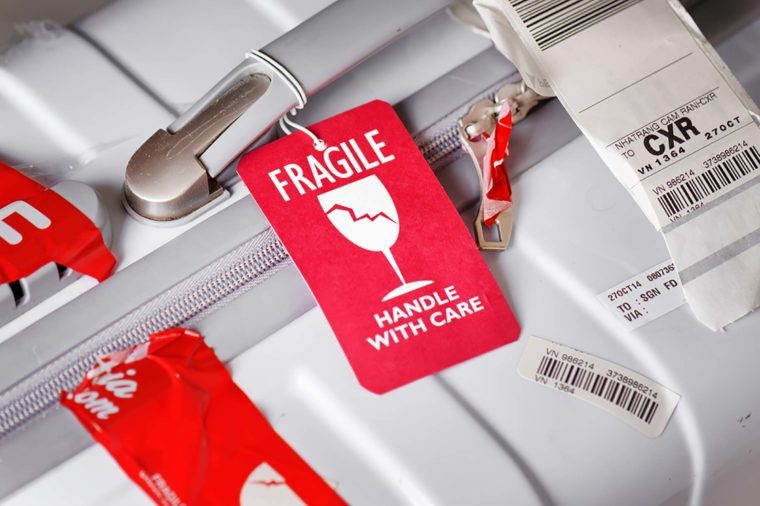 |
For
the most part, bags with 'fragile' stickers aren't handled any
differently than bags without them, says the baggage handler who spoke
to Reader's Digest. "A lot of the times agents just don’t see
the tags," he says. "I would like to believe handlers pay attention to
it. I did." Williams is a bit tougher on bags with these stickers. "If
everyone's bag is fragile, nobody's is," he says.
[post_ads_2]
DO remove old tags
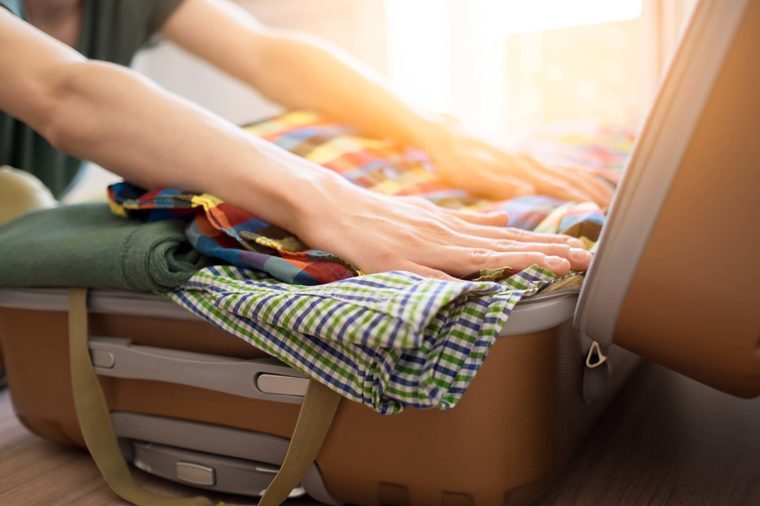 |
Out of all the packing tips, this one is easy to forget: The only
tag that should be on your bag is one with your name and address on it.
"If you have a bag tag from two years ago, as well as a load of other
ones, it takes us infinitely longer to find the right date for where
it's supposed to be going," one handler wrote on Reddit. (These are the 11 packing mistakes that could ruin your trip.) "This almost always happens because the tags are confusing and we only have an hour to sort 800 bags going to three places."
DON’T leave a ton of empty space
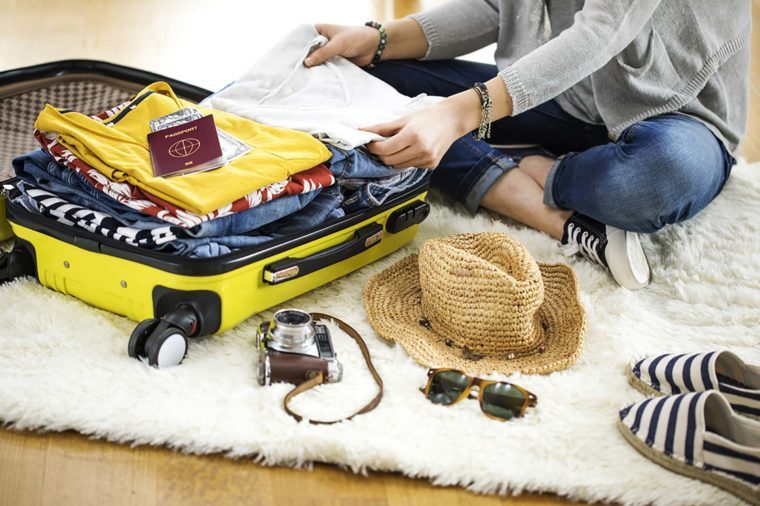 |
File
this under the packing tips to memorize: No matter what, your bag is
going to get jostled around a bit. Prevent damage by packing it full,
even if you have to use newspaper or bubble wrap to fill the extra
space. If you buy souvenirs at your destination, you can always throw
the stuffing out later.
[post_ads_2]
DO lock the bag
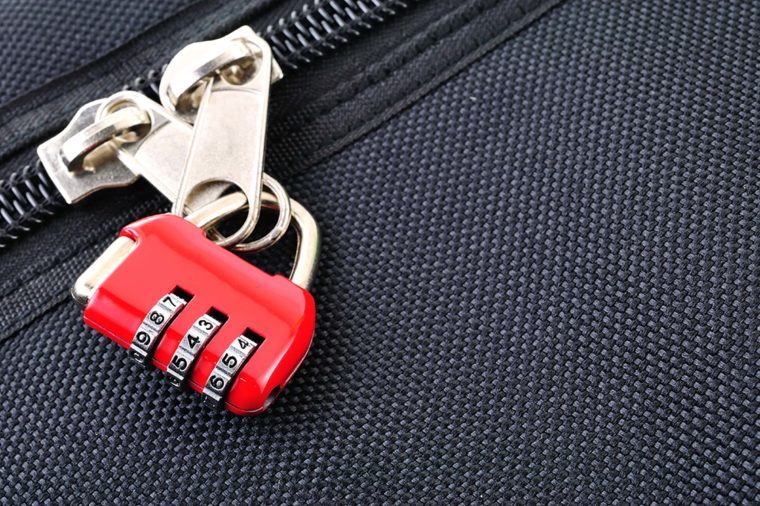 |
"Locking
your zippers together with a TSA lock will help keep it from opening up
on its own," says the baggage handler who spoke to Reader's Digest.
And when you over pack your bag, that happens more than you might
think. Nervous about agents shuffling through your things? Don't be, he
says. "There's this idea that the majority of people who work at the
airport are thieves, and it's obviously not true." However, if something
does go missing, you're probably entitled to some cash. Here's what to do when the airline owes you money.
[post_ads_2]Don't set yourself up for disaster
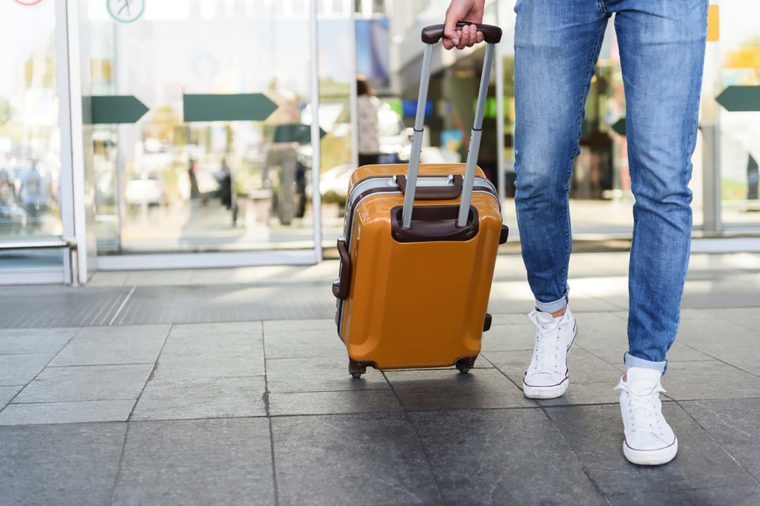 |
"The
most common cause of lost luggage is when people check in their bags at
the very last minute," says the handler who spoke to Skyscanner.
"Another common occasion is when people transfer between flights." And
before you leave for your trip, these are the 16 airport mistakes to stop making before your next flight.

























